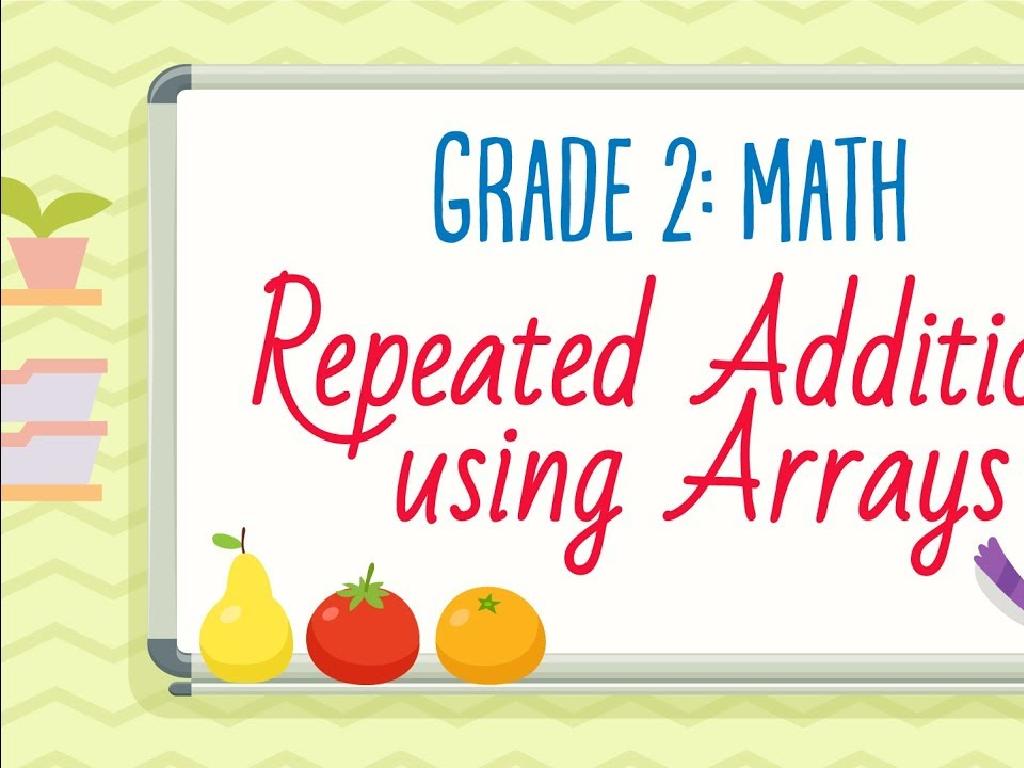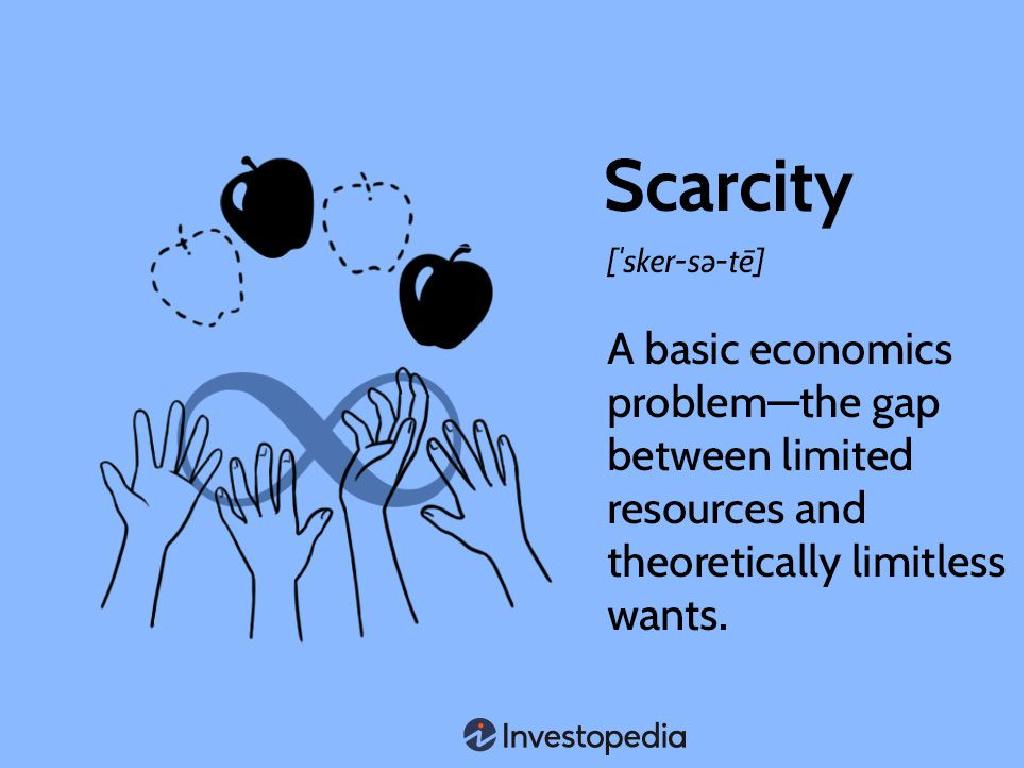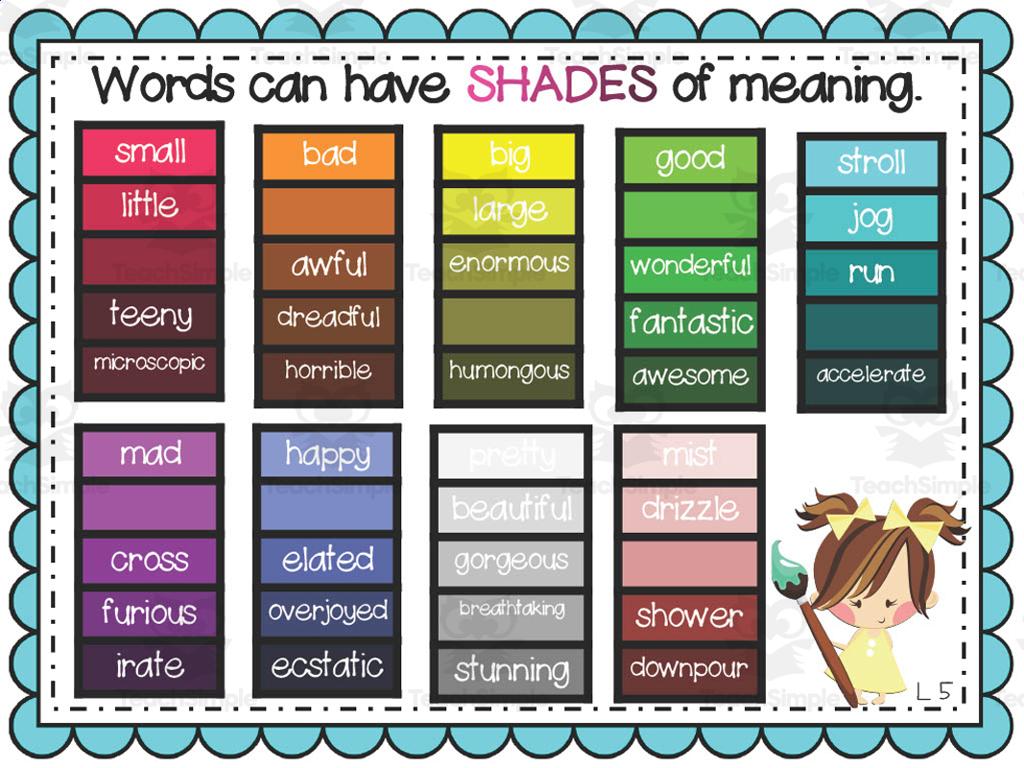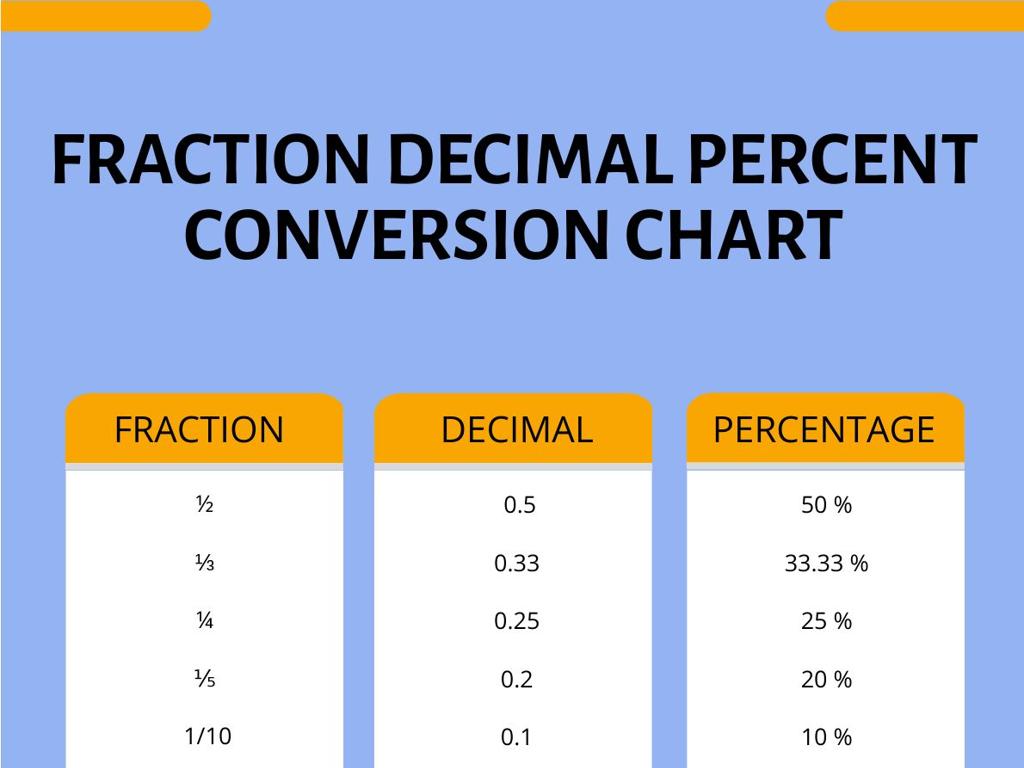Predict Temperature Changes
Subject: Science
Grade: Third grade
Topic: Heat And Thermal Energy
Please LOG IN to download the presentation. Access is available to registered users only.
View More Content
Exploring Heat and Thermal Energy
– What is heat?
– Heat is energy that makes things warmer.
– Explaining thermal energy
– Thermal energy is heat stored in things.
– Heat’s role in daily life
– Heat cooks our food and keeps us warm.
– Observing heat around us
– We can feel heat from the sun and when we rub our hands together.
|
This slide introduces the basic concepts of heat and thermal energy to third-grade students. Begin by explaining that heat is a form of energy that can change the temperature of objects, making them warmer. Thermal energy is the energy that comes from the heat stored in objects. Discuss how heat affects everyday life, such as cooking food or heating our homes. Encourage students to think about and share experiences where they’ve felt heat, like feeling the warmth of the sun on their skin or the heat generated when they rub their hands together quickly. This will help them connect the concept of heat and thermal energy to tangible experiences.
Understanding Temperature
– Temperature measures heat
– It’s like a speedometer for heat energy!
– How to use a thermometer
– We use it to see if it’s hot or cold outside.
– Exploring hot and cold
– Hot things move fast, cold things slow!
– Activities to learn more
|
This slide introduces the concept of temperature as a measure of heat, which is an essential part of the ‘Heat and thermal energy’ topic for third graders. Begin by explaining that temperature tells us how hot or cold something is, similar to how a speedometer tells us how fast a car is going. Demonstrate how to read a thermometer and discuss the differences between hot and cold temperatures. Engage the students with hands-on activities such as measuring the temperature of different items in the classroom or comparing the warmth of sunlight versus shade. This practical approach helps solidify their understanding of the abstract concept of temperature.
Sources of Heat
– The Sun: Earth’s primary heat source
– The Sun warms our planet and gives energy.
– Heat from friction: rubbing hands together
– When we rub our hands, they get warm.
– Man-made heat: stoves, lamps, and heaters
– Devices we use to cook food and light our homes.
– Importance of heat sources in daily life
|
This slide introduces students to the concept of heat and its sources. The Sun is the most significant source of heat for Earth, providing the warmth necessary for life. Friction is a source of heat that can be felt by rubbing hands together, an activity that can be demonstrated in class. Man-made sources of heat, such as stoves, lamps, and heaters, are used in our daily lives for cooking, lighting, and staying warm. Discuss with students how these sources of heat affect their everyday lives and the environment. Encourage them to think of examples of heat sources they encounter daily.
How Heat Travels
– Conduction: Heat through touch
– When we touch something hot, heat moves to our hand.
– Convection: Heat moves with air
– Warm air goes up, cool air comes down.
– Radiation: Heat from the sun
– Sunlight warms things up without touching them.
– Observing heat movement
|
This slide introduces the concept of heat transfer to third-grade students. Conduction is explained as the process of heat moving from a hot object to our skin when we touch it. Convection is described as the movement of heat with the air, such as when warm air rises and cool air sinks, which can be observed with weather patterns. Radiation is the transfer of heat from the sun to the Earth, warming objects without direct contact. Use simple experiments to demonstrate each type of heat transfer, like feeling the warmth of a heated stone (conduction), watching a hot air balloon rise (convection), and feeling the warmth of sunlight on the skin (radiation). Encourage students to think of more examples from daily life and understand that these processes can happen all around us.
Predicting Temperature Changes
– Understanding temperature patterns
– Daily and seasonal patterns show how temperature changes.
– Weather’s impact on temperature
– Sun, clouds, wind, and rain can raise or lower the temperature.
– How to predict tomorrow’s temperature
– Use patterns and weather to guess if it will be hot or cold.
– Recording daily temperatures
– Keep a temperature journal to see the changes over time.
|
This slide introduces students to the concept of predicting temperature changes by observing patterns and the effects of weather. Start by discussing the daily temperature cycle and how it changes with the seasons. Explain how different weather conditions, like sunny or cloudy days, can affect the temperature. Teach students how to use these observations to make simple predictions about whether the next day will be warmer or cooler. Encourage them to start a temperature journal, recording the weather and temperature each day to notice patterns over time. This activity will help them understand the concept of prediction and how it relates to temperature changes.
Experiment: Measuring Temperature
– Gather materials for the experiment
– Thermometer, cup of water, ice, notebook
– Follow steps to measure temperature
– We’ll use a thermometer to see how warm or cold things are
– Record temperature observations
– Write down the temperature at different times
– Discuss what we’ve learned
|
This slide is designed to guide the students through an experiment on measuring temperature. The materials needed include a thermometer, a cup of water, ice, and a notebook for recording observations. The students will learn how to use a thermometer and will follow a step-by-step process to measure the temperature of the water at different stages, such as before and after adding ice. They will record their observations in their notebooks, noting any changes in temperature. This activity will help them understand how temperature can change with the addition of substances with different thermal properties. After the experiment, encourage a discussion about their findings and what factors might affect temperature change. This will reinforce their understanding of heat and thermal energy.
Understanding Weather Reports
– What’s a Weather Report?
– It tells us the weather for the day or week.
– Reading a Weather Forecast
– Look for symbols, numbers, and words to know sunny or rainy days.
– Predicting Temperature Changes
– Forecasts help us guess if it’ll be hotter or colder tomorrow.
– Using Forecasts in Daily Life
– Decide on what to wear or activities to do based on the weather.
|
This slide introduces students to the concept of weather reports and how to interpret them. Begin by explaining that a weather report provides information about the weather, including temperature, precipitation, and wind. Show examples of weather forecasts from TV or online sources and point out the different parts, such as temperature readings, weather icons, and wind speed indicators. Discuss how these forecasts help us predict temperature changes and make decisions about our daily activities, like dressing appropriately or planning outdoor events. Encourage students to watch a weather report at home and discuss their observations in the next class.
Class Activity: Temperature Diary
– Start a Temperature Diary
– Record temperatures daily
– Write down the temperature each morning and afternoon
– Observe patterns in temperature
– Look for changes and discuss what might cause them
– Share findings with the class
|
This activity is designed to engage students with the concept of temperature change in a hands-on way. Each student will keep a diary to record the temperature at two different times each day, once in the morning and once in the afternoon, for a set period. Encourage them to note any patterns they observe, such as it being cooler in the morning and warmer in the afternoon. After collecting data for a week, students will discuss their findings in class, focusing on what causes these changes, like the position of the sun. This will help them understand daily temperature variations and the factors influencing them. Possible activities include comparing temperatures on different days, in different places, or at different times to understand the concept of heat and thermal energy better.
Wrapping Up: Heat and Thermal Energy
– Recap: What is thermal energy?
– Thermal energy is heat that comes from warm things like the Sun or a heater.
– Why predict temperature changes?
– Knowing the weather helps us plan our day and dress right.
– Share your temperature predictions
– Tell us about your predictions and if they were correct.
– Reviewing our heat discoveries
|
As we conclude our lesson on heat and thermal energy, let’s review the key concepts we’ve learned. Thermal energy is the warmth that we feel from sources like the sun or a heater. Understanding how to predict temperature changes is important because it helps us prepare for our daily activities, like choosing the right clothes. Encourage the students to share their own temperature predictions and discuss whether they were accurate. This reinforces their understanding of the topic and allows them to learn from each other’s observations. Review the activities and experiments conducted during the lessons to solidify their knowledge.






